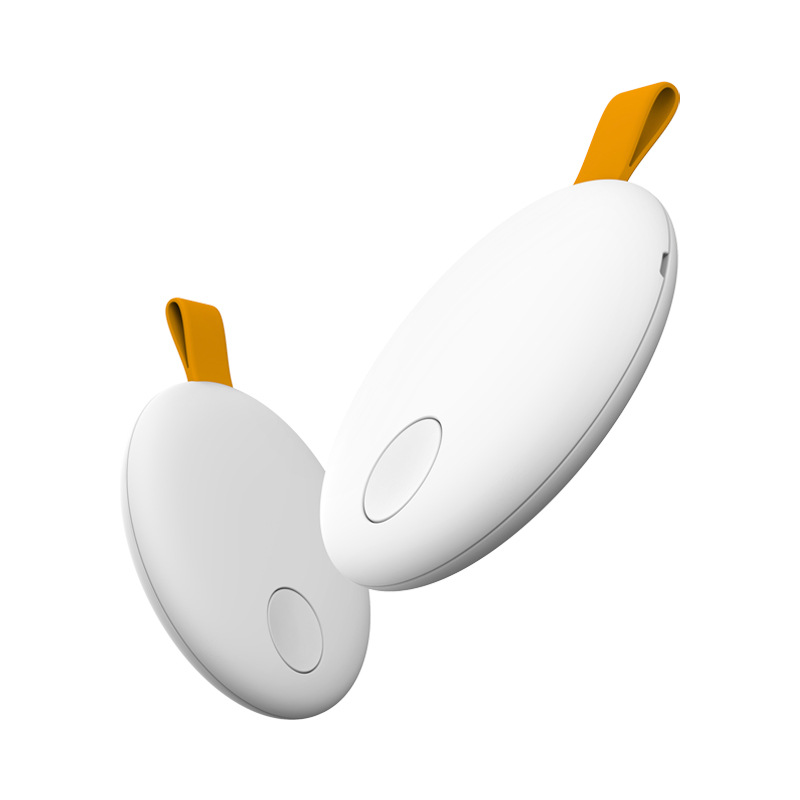
In today’s fast-paced world, efficient asset tracking plays a pivotal role in various industries. Bluetooth Low Energy (BLE) tags have emerged as a revolutionary solution, offering enhanced tracking capabilities with their compact size and low-power consumption. This article explores the prowess of Bluetooth tags and their potential to transform asset tracking systems.
What are Bluetooth Tags?
Bluetooth tags, also known as Bluetooth beacons, are small wireless devices that leverage Bluetooth Low Energy technology to transmit data and location information to nearby devices. These tags are designed to operate with minimal power consumption, making them ideal for long-term deployments without requiring frequent battery replacements.
Compact Size and Versatility:
One of the key advantages of Bluetooth tags is their compact size, allowing them to be discreetly attached to assets of varying sizes and shapes. Whether tracking inventory in a warehouse, monitoring equipment in a healthcare facility, or managing fleet vehicles, Bluetooth tags can be easily integrated into existing systems for seamless asset tracking.
Efficient Power Consumption:
Bluetooth tags are renowned for their energy efficiency, ensuring prolonged battery life. These tags operate by periodically transmitting a signal that can be detected by nearby devices such as smartphones or dedicated receivers. The low-power nature of Bluetooth technology ensures that the tags can operate for months or even years on a single battery, eliminating the need for frequent maintenance.
Real-time Tracking and Locationing:
With Bluetooth tags, asset tracking becomes more precise and effective. These tags can be configured to transmit unique identifiers, enabling receivers to determine the tag’s presence and approximate distance. By strategically deploying receivers throughout an area of interest, real-time tracking and locationing of assets become possible, revolutionizing inventory management, logistics, and supply chain operations.
Seamless Integration and Scalability:
Bluetooth tags seamlessly integrate with a variety of devices, from smartphones to dedicated receivers and IoT gateways. The tags transmit their data in a standardized format, enabling easy integration into existing software and infrastructure. Moreover, Bluetooth tags offer scalability, accommodating large-scale deployments across multiple locations while maintaining a consistent and reliable tracking system.
Enhanced Asset Security:
Asset security is a critical concern for businesses across industries. Bluetooth tags can be programmed to trigger alerts when assets move outside predefined zones or when unauthorized movement is detected. This proactive security feature helps prevent theft, reduces loss, and improves overall asset protection.
Cost-efficient Asset Management:
Implementing Bluetooth tags for asset tracking can result in significant cost savings. The efficient power consumption of these tags eliminates the need for frequent battery replacements, reducing maintenance costs. Moreover, the improved accuracy and speed of asset tracking streamline inventory management processes, minimizing errors and optimizing resource allocation.
Conclusion:
Bluetooth tags have revolutionized asset tracking systems by harnessing the power of Bluetooth Low Energy technology. These compact, low-power devices offer real-time tracking, seamless integration, enhanced security, and cost-efficient asset management. As industries evolve, Bluetooth tags have become a game-changer, empowering businesses to boost efficiency, improve productivity, and achieve greater transparency in their asset tracking operations. Embracing this innovative technology holds the potential to propel businesses towards a more streamlined and effective future.
As a professional manufacturer of Bluetooth Beacon, Tecksay has independently developed and produced a number of Bluetooth Beacon that have been applied to many industries. With more than ten years of industry experience, Tecksay can customize Bluetooth embedded solutions for customers from design, project management, function customization, system development and other aspects.




